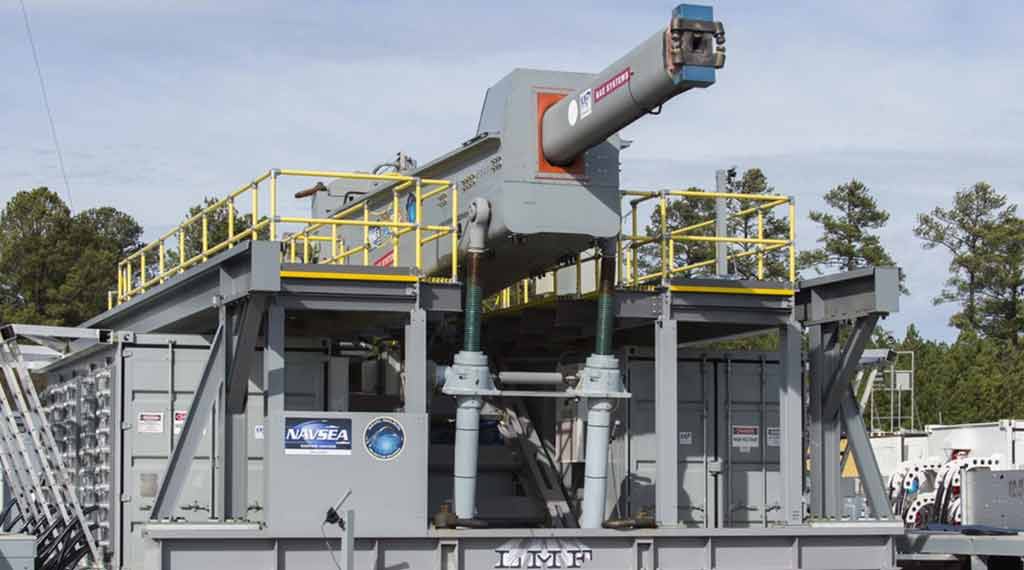
This U.S. Army debuted some new tech this autumn, as the 4th Battalion, 60th Air Defense Artillery Regiment (4-60th Battalion) received the Directed Energy Maneuver-Short Range Air Defense system, or DE M-SHORAD.
After training with similar vehicles last fall, the 4-60th Battalion worked with the DE M-SHORAD prototype team this March to train on the system itself. Following delivery, the 4-60th Battalion will continue to train with and assess the new equipment as the Army works toward deploying this system.
DE M-SHORAD
What is this new technology and how does it work? Its long name belies a relatively simple explanation: It is a laser air-defense weapon. As the conflict in Ukraine continues to show, some of the most cost-effective strategic bombardment features single-use kamikaze drones. Compared to a fleet of bombers or guided missiles, these drones are incredibly cheap. They are also tougher to detect than the above weapons. Destroying them usually requires expending a lot of anti-aircraft shells or multiple air-defense missiles.
DE M-SHORAD can destroy incoming air weapons such as kamikaze drones using lasers, a far cheaper solution. As Damon Templet, software lead for the project, put it: “It costs roughly a gallon of diesel fuel to take out a UAS [Unmanned Aerial System] with a DE system. Compare that to firing high dollar missiles against a $2,000 drone.” The system is mounted entirely on a Stryker chassis, with no need for a trailer or other support or logistics vehicles. This greatly reduces the logistical burden, making the system far more viable for mobile units.
Laser Defense Weapons (SDI)
Directed Energy weapons are not a new phenomenon. Starting with the Strategic Defense Initiative (SDI) of the 1980s, the Department of Defense has long sought to use energy as a weapon. The SDI program, which sought to use lasers to destroy incoming nuclear missiles, was shut down because the technology of the time was unable to produce a laser strong enough to destroy high-flying ICBMs.
The new system already proved itself capable of destroying drones at a test range in Yuma, Arizona. The shootdown is not as dramatic as a sci-fi movie would illustrate. There were no bright red beams of light or large explosions. Instead, the beam emitted by the DE M-SHORAD is not within the visible spectrum, and it makes no sound, simply focusing on the target and causing it to fall out of the sky, likely by overloading its electrical systems.
Army Innovation
As the 4-60th Battalion continues to work with the DE M-SHORAD, analysts will eagerly watch its performance and integration into Army tactical doctrine. The war in Ukraine has already spurred changes in procedures and innovations in weapons systems. The DE M-SHORAD’s delivery is perfectly timed to take advantage of the lessons learned.
“The appearance of U.S. Department of Defense (DoD) visual information does not imply or constitute DoD endorsement.”
- America’s Supercarriers Are Back in Force in the Pacific - December 30, 2025
- Israel’s $2 Iron Beam Laser Could Disrupt Missile Warfare - December 23, 2025
- US Stands Up New Drone Strike Force in the Middle East - December 9, 2025
